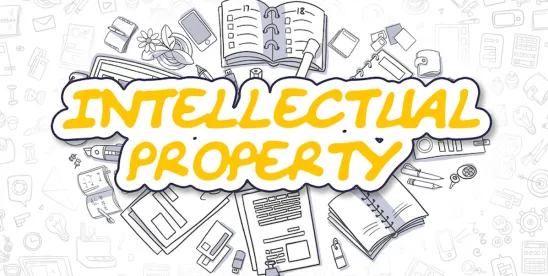The US Court of Appeals for the Federal Circuit vacated and remanded a district court’s grant of summary judgment, finding that the language used in an invention assignment clause was subject to more than one reasonable interpretation (i.e., ambiguous) and thus remand was necessary for further fact finding. Core Optical Tech., LLC v. Nokia Corp., Case Nos. 23-1001; -1002; -1003 (Fed. Cir. May 21, 2024) (Dyk, Taranto, JJ.) (Meyer, J., dissenting).
Core Optical filed complaints against three groups of defendants alleging patent infringement. The lead defendant, Nokia, moved for summary judgment, arguing that Core Optical did not have standing to bring the patent infringement suit. Nokia argued that by virtue of an invention assignment clause in an employment-related agreement signed in 1990, the inventor, Dr. Core, had assigned the patent rights to TRW, his employer at the time of the invention. In the agreement, Dr. Core “agreed to disclose to TRW and automatically assign to TRW all of his inventions that ‘relate to the business or activities of TRW’ and were ‘conceived, developed, or reduced to practice’ during his employment with TRW.” Nokia argued that by virtue of that earlier assignment, the subsequent assignment to Core Optical was ineffective. The agreement had a carveout from the assignment for inventions “developed entirely on [Dr. Core’s] own time” that was unrelated to his work for TRW. According to Nokia, based on the assignment, Core Optical did not have standing to assert the patent. The district court agreed and granted Nokia’s motion for summary judgment. Core Optical appealed.
The Federal Circuit reviewed the district court’s grant of summary judgment de novo, following Ninth Circuit and California law relating to the underlying contract dispute and related factual determinations. Under California law, the “fundamental goal of contractual interpretation is to give effect to the mutual intention of the parties” (citing City of Atascadero v. MLPF&S (1998)). In granting summary judgment, the district court had held that the 1990 invention assignment agreement’s carveout did not encompass Dr. Core’s PhD research, which undisputedly led to the invention claimed in the patent. That finding was based in part on the TRW fellowship program that supported and enabled Dr. Core’s PhD work. However, Core Optical presented evidence that “Dr. Core was careful not to work on his PhD research while ‘on the clock’ at TRW and not to use TRW equipment, facilities, or supplies when working on his PhD research.”
The Federal Circuit disagreed with the district court that the matter was subject to resolution on summary judgment. The Court agreed with Core Optical that the “entirely-own-time” phrase did not unambiguously express a mutual intent to designate all the time Dr. Core spent performing his PhD research as his own time or, as Nokia argued, to indicate that some of the time Dr. Core spent performing his PhD research was partly TRW’s time (as the district court held). The Federal Circuit walked through the undisputed facts, including that Dr. Core sought funding from TRW for his PhD research and that TRW provided fellowship funding since the research was sufficiently connected to TRW’s business. However, the Federal Circuit concluded that “the entirely-own-time phrase does not itself decisively compel either interpretation.”
Distinguishing the facts of record from two state court decisions on which the district court principally relied, the Federal Circuit explained that no legal authority dictated the district court’s conclusion. The Federal Circuit concluded that the invention assignment clause in the TRW agreement was capable of more than one reasonable interpretation and thus vacated and remanded the district court’s grant of summary judgment, instructing that further factual findings were necessary based on the premise that the contract language itself did not resolve the matter.
Judge Mayer wrote a short dissent noting that he would have affirmed the district court’s grant of summary judgment based on the undisputed facts supporting that “[Dr.] Core did not develop the patented invention ‘entirely on [his] own time.’”



 />i
/>i

